
All categories
Featured selections
Trade Assurance
Buyer Central
Help Center
Get the app
Become a supplier

(3947 products available)
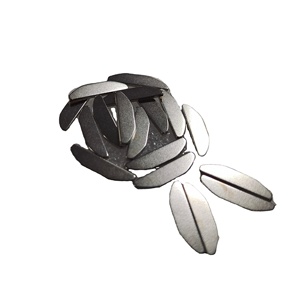








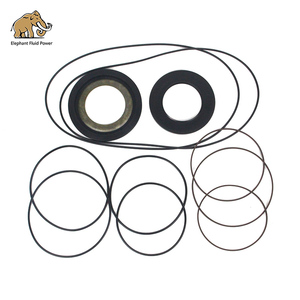














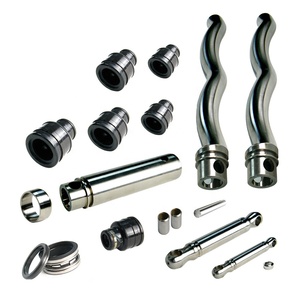
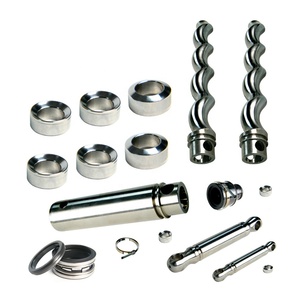








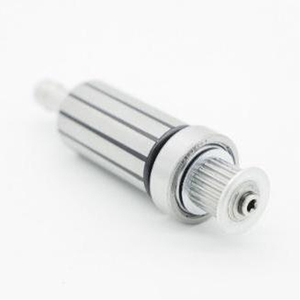


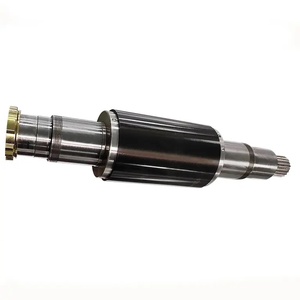

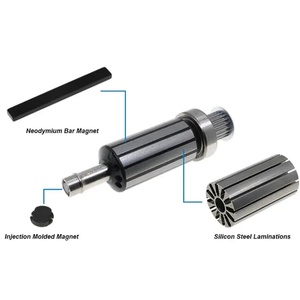
The stator and rotor are essential parts of rotating electromagnetic machines and electric motors. These components have diverse shapes based on the motor's intended purpose and requirements. The following are the most common types of rotors and stators used in power transmission:
An induction motor is a common type of motor that runs on alternating current. These motors have a squirrel-cage rotor that conveys current through the rotor bars. Induction motors are extensively applied in industry due to their robustness and capacity to run without external controls.
Wound rotors have windings instead of being squirrel cages like other rotors. This allows for adjustable resistance, providing buyers more control over the motor's torque and speed. Wound rotors are primarily found in applications needing high starting torque, such as mining or heavy machinery.
Permanent magnet motors come with magnets embedded in the rotor to generate a magnetic field. This design permits effective operation, particularly in low-power applications. The stator in these motors is usually powered by alternating current, which induces a magnetic field that interacts with the magnets on the rotor.
Synchronous motors operate differently from induction motors. They remain in phase (synchronously) with the magnetic field of the stator. These motors typically have a wound rotor or permanent magnets, depending the type of current used for excitation. Use cases for synchronous motors include precise speed applications and power factor correction.
Direct current motors have both lambart and field windings as their stator and rotor components. These motors are simple and allow speed modulation by varying the input voltage. Synchronous motors are commonly found in battery-powered devices, electric cars, and applications that require consistent torque and speed.
Stators and rotors are fabricated from diverse materials to ensure they function effectively and resist the wear and tear. The following list outlines common materials used in making stators and rotors:
Silicon steel is the most preferred material for stator and rotor cores due to its magnetic properties. The silicon content reduces electrical resistance and enhances the material's ability to retain magnetism. This enables the motor function with minimal energy loss. Silicon steel is thus widely used in motors and generators since it significantly improves performance.
Copper is the most preferred material for windings used in electric motors, generators, and transformers. This is due to its high electrical conductivity, which permits efficient current flow. Wire wound around the stator and rotor forms the motor's electromagnetic field. This creates an interaction that drives the motor. Users should thus go for copper-based windings as they ensure the gadgets operate robustly.
Aluminum is a cheaper alternative to copper for the rotor and stator windings. Though not as conductive as copper, it reduces costs and is lightweight. Such lightweight rotors minimize mechanical stress and vibrations, extending equipment lifespan. That's why copper still finds much application in high-performance motors where effective conductivity is essential.
Ferrite materials and iron are mounted on permanent magnet motors to generate the magnetic field. Ferrite is a cost-effective magnetic material. Though its magnetic strength is lower than neodymium magnets, ferrite's resistance to demagnetization makes it suitable for stable long-term performance. On the other hand, while iron is frequently used for its low cost, the efficiency and performance of magnets improves when integrated with iron.
Insulating materials like varnishes, resins, and mica are critical in stator and rotor windings. They insulate the wire to prevent electrical short circuits, separating different voltage levels. Insulating materials enable the motor to operate securely and effectively at diversified temperatures. Thus, windings can handle the heat generated during operation without damaging the motor.
The stator and rotor are vital parts of alternating and direct current motors, generators, and transformers. Their roles give drive, power generation, and electromagnetic fields, making them indispensable in wide applications. A great understanding of these components and their interrelationship helps improve device efficiency and dependability, benefiting industries in several ways:
Increased Equipment Efficiency
Stators and rotors enhance industrial motors and generators' efficiency, resulting in reduced operating costs. Efficient equipment minimizes energy waste, lowering electricity bills and carbon emissions. This efficiency benefits the industry financially and supports sustainability goals, making operations intersect with environmental regulations.
Broad Application
Stators and rotors have diverse uses in industrial appliances, from electric motors in manufacturing to generators in power plants. They thus form a diversified application range, maintaining their demand in several sectors. This versatility makes suppliers essential to multiple industries, increasing their growth potential.
Power Generation and Transmission
Rotors and stators are crucial in generating and transmitting power. They help maintain the rotating magnetic field responsible for electric generation. This contribution underlines the role of suppliers in supporting energy production systems and contributing to grid stability, directly impacting industrial operations.
Maintenance and Reliability
Healthy stators and rotors improve the reliability of industrial systems. Regular maintenance ensures these components last longer, reducing downtime and repair needs. Reliable equipment leads to uninterrupted production, saving industries time and money. Further, maintenance fosters long-term partnerships between industries and suppliers.
Innovation and Performance
Advancements in stator and rotor designs, like high-efficiency models, improve industrial motor and generator performance. These innovations drive industries to more advanced technology, boosting productivity and competitive advantage. Suppliers who invest in R&D for better stator and rotor combinations position themselves as leaders in the market and attract innovative clients.
Buyers should consider the following factors to select suitable stators and rotors for power transmission:
The first consideration when selecting stators and rotors for power transmittance is application. Users should go for components best compatible with their target space. For example, electric motors for industrial heavy-usage areas should use electronmagnetic parts made of robust materials that resist wear and thermal stress. On the other hand, components for consumer electronics shouldn't be that robust. They can be a bit lighter to reduce the overall weight. So, to guarantee a smooth experience in the long run, industries will do better to use application-appropriate stators and rotors.
Buyers should go for high-quality stator and rotor parts, as these correlate to efficiency in the running their electric motors, generators, or transformers operate. Quality components lead to increased energy transfer and reduced losses. This not only increases operating effectiveness but also durability as premium-quality materials can withstand the heat and stress of long-term use. So, purchasing high-quality parts will save buyers money by lowering maintenance needs.
Businesses should check the new stator and rotor are compatible with their current power systems. They should make sure the new components have the same size and design as the previous ones. This will make the installation process seamless without the need for major system overhauls. More importantly, compatibility ensures the systems work at their level best to provide the needed output. No lags or inefficiencies. Just what it takes to keep operations smooth.
Material significantly contributes to the performance and durability of stators and rotors. Thus, businesses should consider components crafted from premium-grade materials like silicon steel for stators, copper or aluminum for windings, and permanent magnets for rotors. These materials provide great conductivity and magnetism, leading to effective power transmission. On top of that, sturdy materials also resist wear and tear to extend the life of the components. It's such that going for metal and alloys of superior quality translates to increased operational performance and lowered maintenance costs.
Sometimes, seeking advice from an industry specialist could save a business a lot of money and time. Plus, service providers have extensive industry experience and practical knowledge, which often enables them to come up with the most customized solutions. They would already understand the intricacies of various systems and what components would work the best to improve them. Thus, businesses should partner with experts to ensure high efficiency in their power systems.
A1: A stator is the stationary part of an electro-mechanical device. It's often wound with coils of wire to create a magnetic field when electric current passes through. On the other hand, a rotor is the rotating part, commonly found inside the stator. In motors, rotors can be squirrel cages or wound types, and they carry induced currents to generate torque.
A2: Stators and rotors create the magnetic fields necessary for the motor's operation. When current passes through the stator coils, it generates electromagnetism that interacts with the rotor to produce torque. This torque is what ultimately powers the motor to turn and do work.
A3: Yes, electric vehicle motors have both rotors and stators. EV motors, particularly AC and permanent magnet types, rely on electromagnetism's varying forms. This makes them distinctively efficient at power generation and transmission.
A4: Regularly inspecting for wear, ensuring proper lubrication where applicable, balancing the rotor, and monitoring electrical insulation resistance can maintain rotors and stators. Further, cleaning any debris or buildup and checking alignment help maintain the components.
A5: Recent developments are integrating materials like carbon fiber and 3D printing into rotor and stator designs. Also, insulated wire and computer modeling are helping create more effective, lighter, and stronger stators and rotors.